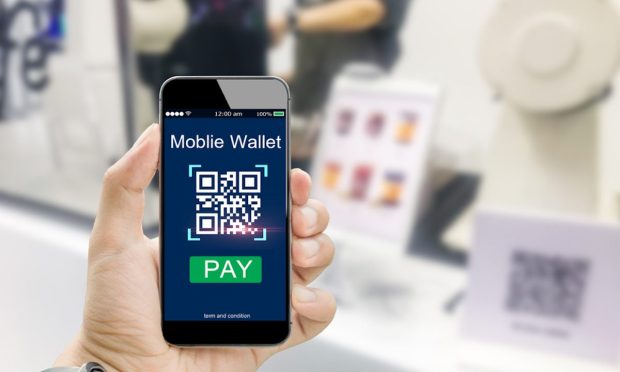Blackhawk Network, Magstar Bring Expanded Digital Payment Acceptance to Retailers

Global payments provider Blackhawk Network and Magstar Inc., an enterprise resource planning (ERP) software company for mid-sized retailers, have joined forces to create a solution that allows customers to pay via a connected digital wallet in-store, according to a Thursday (Oct. 7) press release. The partnership is aimed at increasing digital wallet acceptance and improving digital payment options in-store, the announcement states.
As part of this effort, merchants can accept digital payments without the need to adopt an entirely new point-of-sale (POS) system, according to the release.
Related news: C-Stores Reframe Convenience for the Omnichannel Shopper
PYMNTS’ research found that nearly two-thirds of consumers are more likely to buy retail items online than they were before the start of the pandemic. The study found that retailers could draw these online shoppers into physical stores by offering omnichannel integrations. About one-third of consumers would be encouraged to shop at physical stores if the store offered payment with contactless cards and digital wallets.
“As payments through smartphones become more accepted and ubiquitous, consumers are looking to bring the same convenience and habits of online shopping to in-store experiences, including a seamless payment experience,” said Brett Narlinger, Blackhawk Network’s head of global commerce. “With many consumers trying omnicommerce solutions for the first time, they still maintain their existing expectations of the highest levels of service and functionality.”
See also: QR Codes Key to Unlocking Billions Trapped in Unused Gift Cards
In addition to looking to simplify the in-store payment process with digital wallets, Blackhawk Network has been working to unlock other digital values, as PYMNTS reported. Narlinger told PYMNTS in August that QR codes could be used to unlock various values, from loyalty rewards to e-gift cards and more, stored on mobile devices. Data suggests that U.S. consumers could have as much as $5 billion in trapped value on their phones.